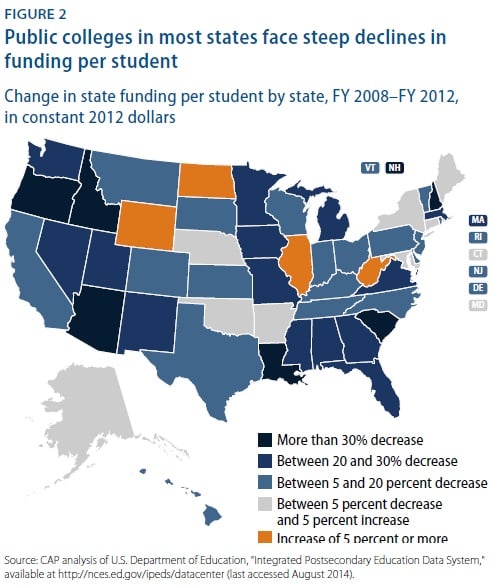How a tiny California school district sparked calls for a charter crackdown | CALmatters
How a tiny California school district sparked calls for a charter crackdown
One was a charter school operator desperate for authorization after years of rejection by multiple school districts. The other was a teeny district in the rural high desert, hemorrhaging students, facing insolvency and in dire need of revenue.
The Albert Einstein Academy of Letters, Arts and Sciences and the Acton-Agua Dulce Unified School District at the northern edge of Los Angeles County answered each other’s prayers in 2013 when they partnered. In a novel use of California’s charter school rules, the district agreed to oversee Albert Einstein’s elementary charter school even though it sat far outside Acton-Agua Dulce’s geographical boundary, and was inside the attendance area of another district that had already denied an Einstein petition.
In return, Acton-Agua Dulce collected oversight fees of 3.5% of the school’s revenue, a formula that officials quickly replicated with more charter authorizations. By 2015-16, the district had approved and was collecting fees from a whole stable of charters, netting an additional $1.9 million in revenue.
But the win-win creative partnership was also the kindling for a prolonged legislative and legal battle over reforms to California’s system for authorizing charter schools.
Citing claims that the district and charter network improperly gamed the system, Democratic lawmakers are redoubling efforts to tighten rules that have let small, financially-strapped school districts
boost their budgets by offering authorization and oversight to charter schools dozens or hundreds of miles from their supposed minders.
The issue strikes close to home for the legislator behind this year’s proposal to clamp down on so-called far-flung charters. Democratic Assemblywoman Christy Smith of Santa Clarita, the sponsor of
Assembly Bill 1507, sat on the board of the Newhall School District, about 20 miles west of Acton-Agua Dulce, when Acton’s authorization stuck her community with an Einstein charter school it had rejected, eventually prompting Newhall to sue.
AB 1507 is one of several charter regulation proposals forming the battle lines of
this year’s faceoff between charter advocates and teachers’ unions. In past sessions, the longstanding rivalry between those two politically powerful forces has typically
ended more or less in a draw.
But this year, the political calculus has shifted. Both the governor and the state’s top school administrator were elected with strong backing from teachers’ unions, which blame declining enrollment and funding, in part, on competition from the publicly funded, independently operated charters that are mostly nonunion. Already, Gov. Gavin Newsom has signed a fast-tracked law that requires charters to follow the same open-meeting and conflict of interest laws as traditional schools in the public system.
Now on April 10 the Assembly Education Committee will begin hearings on bills that would curb the growth of charters from an assortment of angles, capping the number of charter schools allowed to operate in California, removing a charter’s ability to appeal petition denials to county and state authorizers and putting strict limits on locations of charter schools.
‘Nothing added up’






























